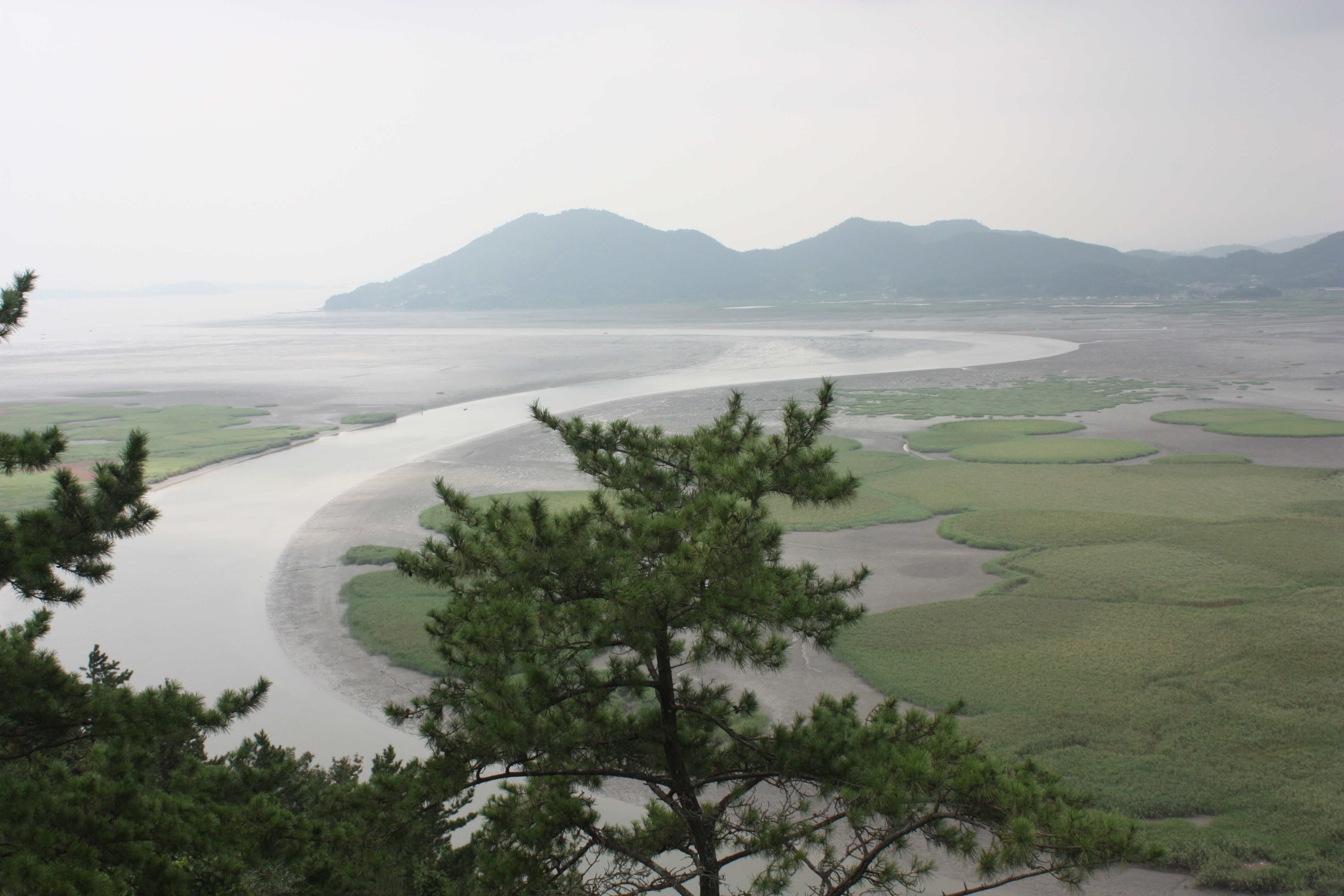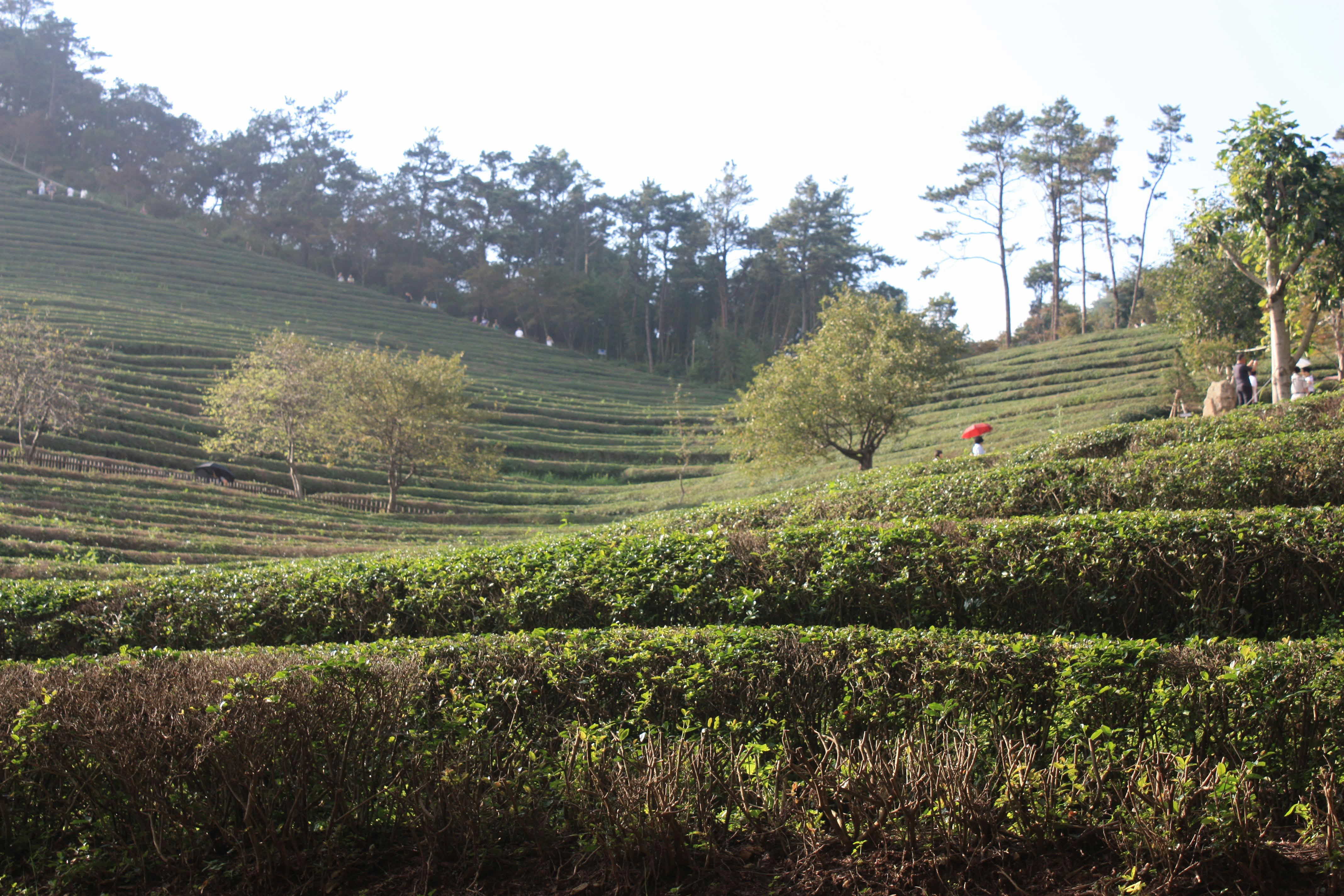

Located in Jeollanam-do, in the Southern part of Korea, 70% of Suncheon-si is comprised of mountains, making it the city with the most mountains. It is a place famous for its beautiful nature, and is considered an especially good place to live because of the people’s well-known naive and gentle nature. Some must-see attractions selected by Suncheon-si include places such as Suncheon Bay, Nagan Town, Seonam and Song-gwang Temples, the Suncheon Drama Set, the Suncheon Wild Tea Experience Center, Dolmen Park and so on.
DAY 1
How to get there
*The Ecograd Hotel is the most well-known hotel in Suncheon, but it may be a bit expensive. But no worries, since there many clean motels surrounding the hotel.
1. Go to the Central City Terminal and ride the bus headed for the Suncheon Bus Terminal
2. Walk about 200m to the Buk Elementary School Bus Stop
3. Get on the 99-1 bus and get off at Keumdang High School
4. Walk about 200m to the Ecograd Hotel
After you get your belongings together and rest for a bit
1. Walk about 300m until the Kukmin Bank Bus Stop
2. Ride bus 53 and get off at the Suncheon Station Bus Stop
3. Ride bus 68 and get off at Naganeupseong Bus Stop
Naganeupseong (Admission Fee : 2000) is the first place in which the entire town itself has been designated as a historical landmark. This place consists of a fortress, an inn, as well as straw houses and is representative for having used regional planning for constructing the area during the Joseon Dynasty. The fortress has walls which are 1,410 m and were originally built in 1397 in order to fend off Japanese pirates during the Goryeo period. Afterwards, the fortress was strengthened and widened throughout the years. The town inside the Naganeupseong fortress is perfectly preserved, and people are actually still living in the houses, providing a bed and breakfast for the visitors. The famous Korean drama which was broadcasted in 2003~2004, Dae Jang-Keum, was also filmed here, and you can look around the area which was used as the setting.
1. Walk about 400m until the Seonae Bus Stop
2. Get on bus 63 and get off at the Ieup Bus Stop
3. At the same station, ride the yellow bus and get off at Song-gwang Temple
You will probably be hungry by this time, but don’t worry since there are plenty of places for diner before going up towards the temple.
Song-gwang Temple (Admission Fee : 3000) was built during the Silla Dynasty and was originally a rather small temple which could accommodate about 30~40 monks. During the Goryeo dynasty, King Injong planned to expand the space, but passed away before being able to do so. The temple was neglected for 50 years until Jieul, a Buddhist monk, established a basis for Buddhism in Korea. The temple has survived through various hardships such as the Japanese invasions during the 16th century and the Korean War, and proudly stands as the temple with the most Buddhist cultural artifacts in Korea. This place has a beautiful trail leading to the main temple, and you can also try the ‘Temple Stay’ program (Participation Fee: 40000) which takes place every Saturday to Sunday, but be prepared to wake up at 3 in the morning!
DAY 2
1. Walk about 300 m until the Kukmin Bank Bus Stop (from the Ecograd Hotel)
2. Ride bus 53 and get off at the Chungang Elementary School Bus Stop
3. Ride bus 67 and get off at the Suncheonman Bus Stop
Suncheonman (Suncheon Bay) is included in the world’s top 5 coastal wetlands. It might not seem like much upon arriving, but once you get on the tour boat (Boarding Fee : 4000) you will be able to see a great deal of birds right away, since a rare variety of birds that are protected internationally come to this bay frequently. After getting off the boat, ride the “Reed Train” (1000) and you will be able to see the scenery as the train goes through a trail surrounded by tall reeds. Afterwards, make sure to go to the Yongsan Mt. Observatory, to see the magnificent view of the overall Suncheon Bay.
You should get going no later than 12 PM since it’s a long way to the green tea fields
1. Go to the Suncheonman bus stop and ride bus 67 until the Community Center Bus Stop
2. Walk about 100m until the Chungam University Bus Stop
3. Ride bus 88 and get off at the Kosa Mart Bus Stop
4. Get on the yellow bus headed for Boseong and get off at the Daehan Dawon Bus Stop
The Boseong Green Tea Field covers an area of about 50,000 , with about 580,000 tea trees. It’s also a home to various plants, insects and animals making the field the only green tea farm which allows tourists. The green tea fields look like a bunch of stairs, and you will soon find yourself surrounded by green as you walk up the hill. Due to its big size and beautiful landscape, this field has been the location for various commercials, dramas, and movies, and is popular among tourists from many countries around the world. After viewing the tea field, be sure to try the green tea ice-cream since it is much better than the ones that can be bought at any convenience store.
+ This place might not be so much fun for some, but for those of you who are interested in archaeological evidence and relics, we strongly recommend the Dolmen Park (Admission Fee : 700). Even after you go into the park, you will see what seems like a bunch of rocks lying around in the grass. However, those rocks are actually graves, called Dolmens, which were used during the prehistoric ages. Dolmens are spread all over the peninsula, but the Jeollanam-do area has the most. The park also has sites where houses were built upon during the Old Stone Age, as well as some dugout huts that people can take a look at up close. Inside the museum, you can view tools from the Neolithic and Bronze Ages.
How to get there
1. Walk about 300m until the Kukmin Bank Bus Stop (from the Ecograd Hotel)
2. Ride bus 53 and get off at the Chungang Elementary School Bus Stop
3. Ride bus 63 and get off at the Nae Usan Bus Stop
4. Walk about 200m until Dolmen Park
Suncheon’s local specialties are dried persimmon and plum. You may have tried dried persimmons before, but due to the clean air, proper amount of wind and humidity, Suncheon’s persimmons are especially famous for their great taste, so you should give them a try. Another food you should try is the cockle. This is a kind of clam, and is best when eaten during the winter time just slightly cooked. Cockle has the effect of increasing blood, so it is especially good for people who are anemic or have low blood pressure. For those of you who don’t like the raw feeling of clams, there are many restaurants that put cockle in bibimbap, which is also very delicious.

